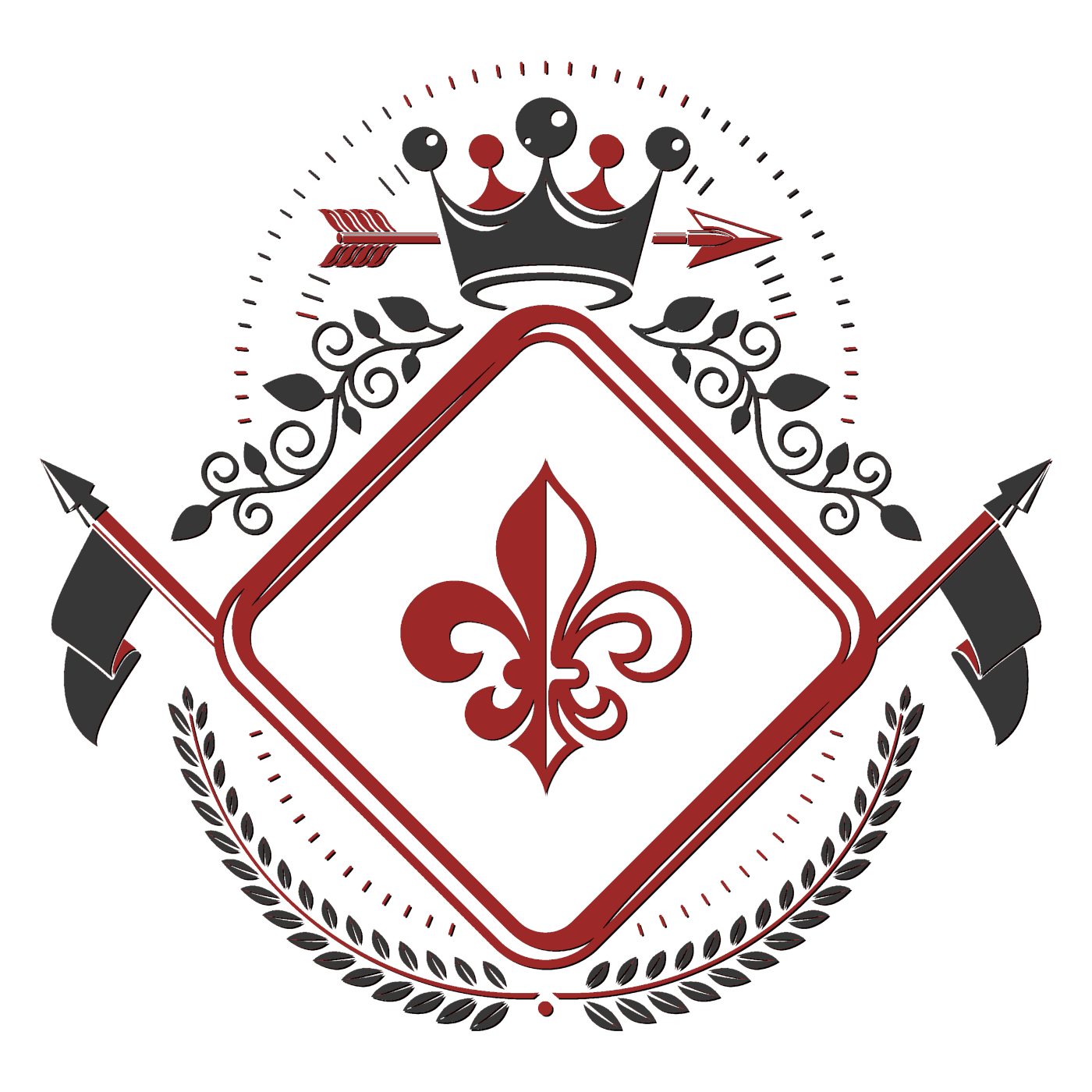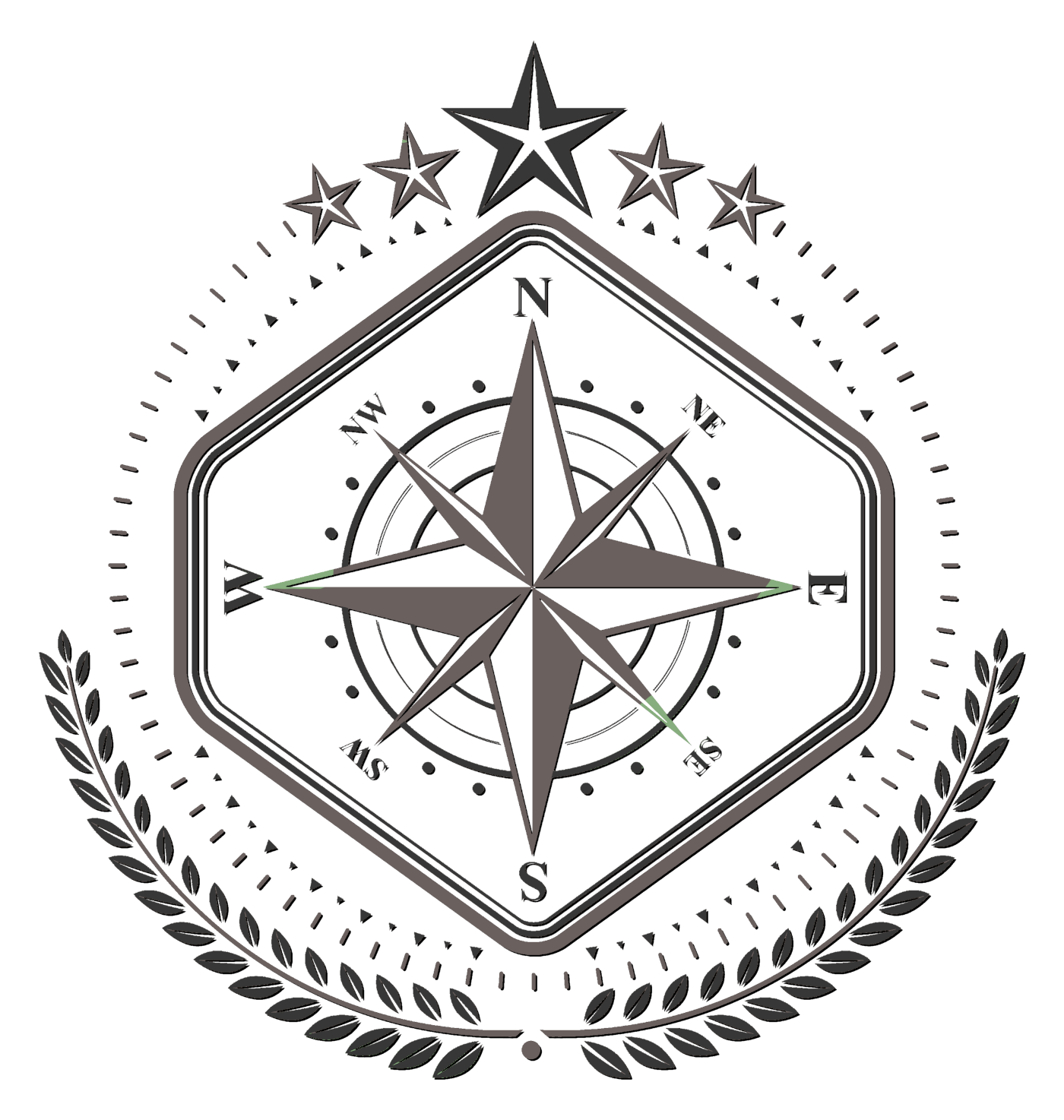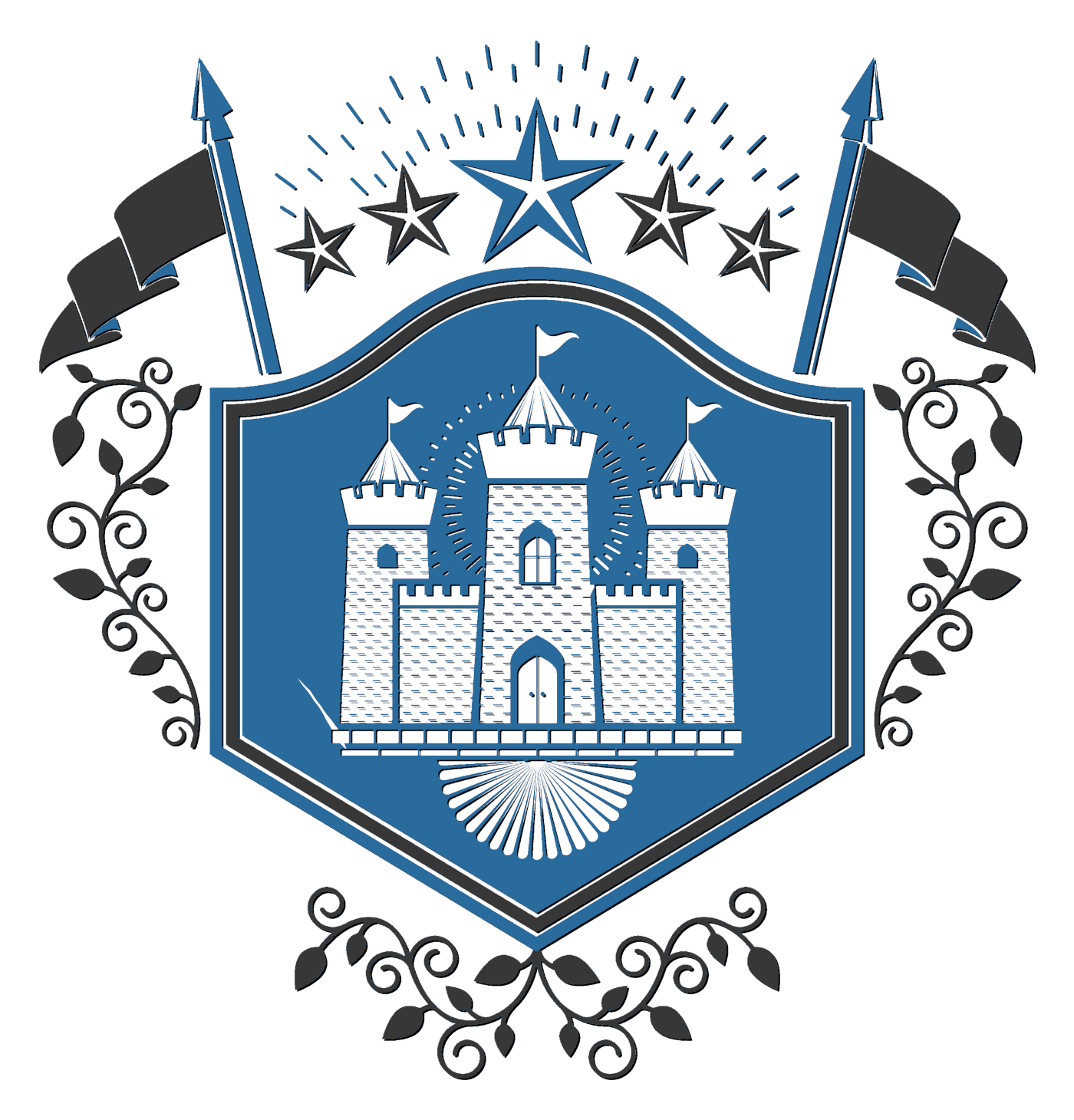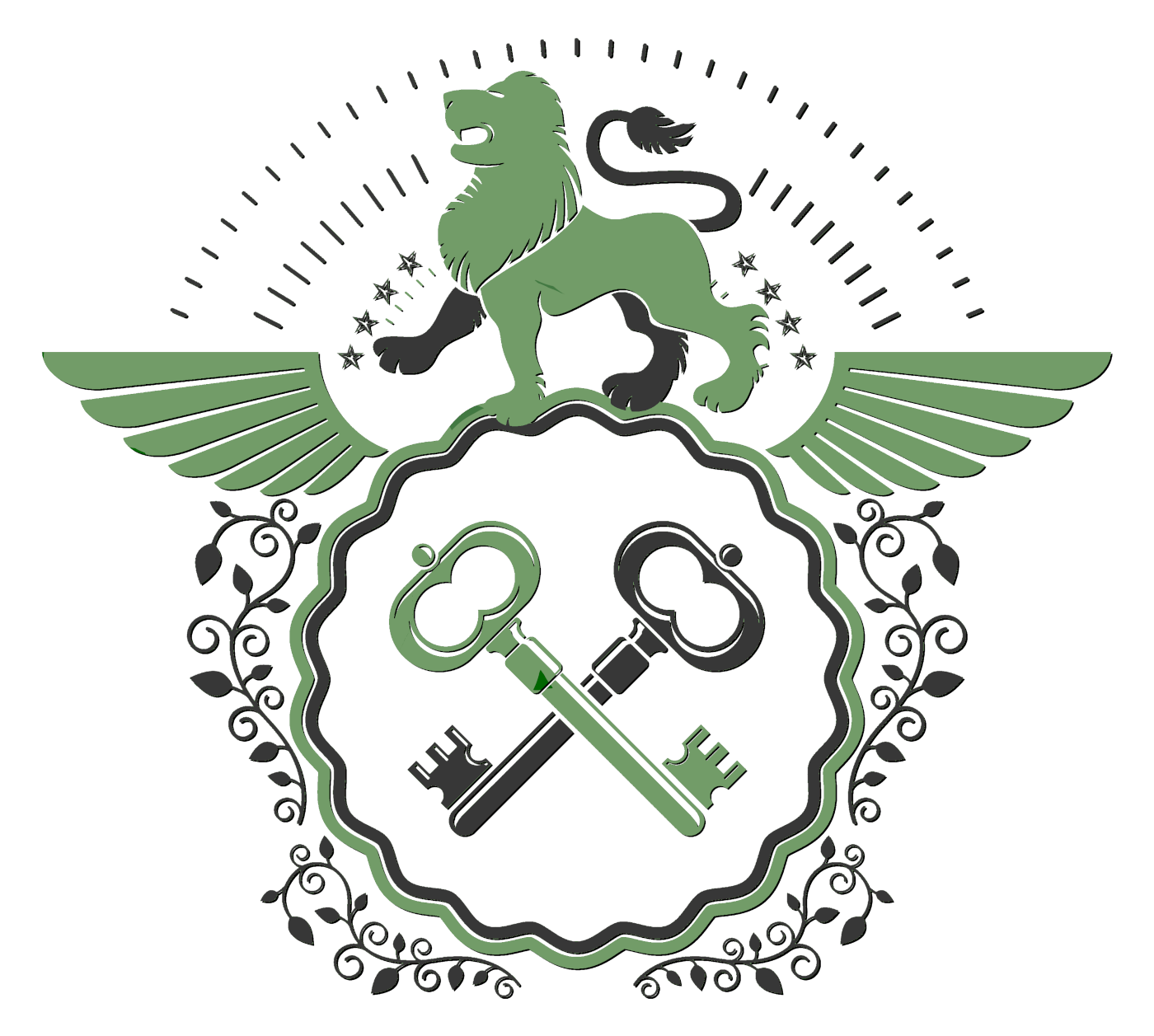Okay, this is a really old thread, but this is how I would go about creating an alphabet (or any other kind of writing system, for that matter):
1. Think about the kinds of materials your people would be using when the writing system developed. Are they making marks in clay? Are they carving on wood? Are they etching in stone? Are they using brushes on paper?
2. Now consider how those materials would affect the system. If you were carving in wood, for instance, you would probably prefer simple, straight marks over curves and curlicues and so on.
3. Having done this, you could try to doodle different symbols that could be in the writing system, or you could try to consider what different
strokes would make up the letters. Like for the wood-carved alphabet I'm imagining - maybe you have a long straight vertical line, a long straight horizontal line, a short line slanted to the right, a long line slanted to the right...and then once you have an idea of the strokes that would make up the letters, put them together and see what you can come up with.
4. Once you have some symbols, write them over and over and over again (but still keep in mind the materials your people would be using!) to see how they might change and simplify over time. Also try writing different symbols after each other to make sure that writing whole words and sentences is pretty comfortable.
5. Only at this point would I assign specific sounds to letters. In general you want to be careful about making an alphabet too perfect, e.g. having similar symbols stand for similar sounds, since this is pretty rare among real alphabets. If you do make your alphabet perfect like this, it might be a nice idea to explain it somehow - maybe somebody consciously invented the alphabet to fit nicely with the sounds of its language.
6. Also remember that many languages borrow alphabets from other languages. Think of all the languages that have been written using the Latin alphabet or the Cyrillic alphabet, for instance! So if you already have an alphabet for one language, consider borrowing it for another. The messier the borrowing, the more fun!

Maybe the language that borrowed it has more sounds that the origin language, and so some sounds aren't written...or maybe they just added some symbols. Maybe the people who borrowed the alphabet misunderstood how it originally worked, and so perhaps what originally stood for a D sound stands for an R sound in the borrowed version of the alphabet. (By the way, some kinds of R's, e.g. the "Spanish r," technically an alveolar flap, are quite similar to D - I didn't choose those sounds randomly!

)
This podcast episode is quite enlightening on the subject of what people can use to write and how it affects their writing systems, but warning! There may be some bad language. I don't remember how bad this particular episode was, but this podcast in general can have a bit of swearing. It's definitely worth it in my opinion, though, since they have a lot of really interesting information to share and they do it in a fun way.

(The other episodes also have a lot of great info on language creation, but it may be a bit too technical if you haven't studied much linguistics.)
http://conlangery.com/2012/05/14/conlangery-50-the-technology-of-literacy/



